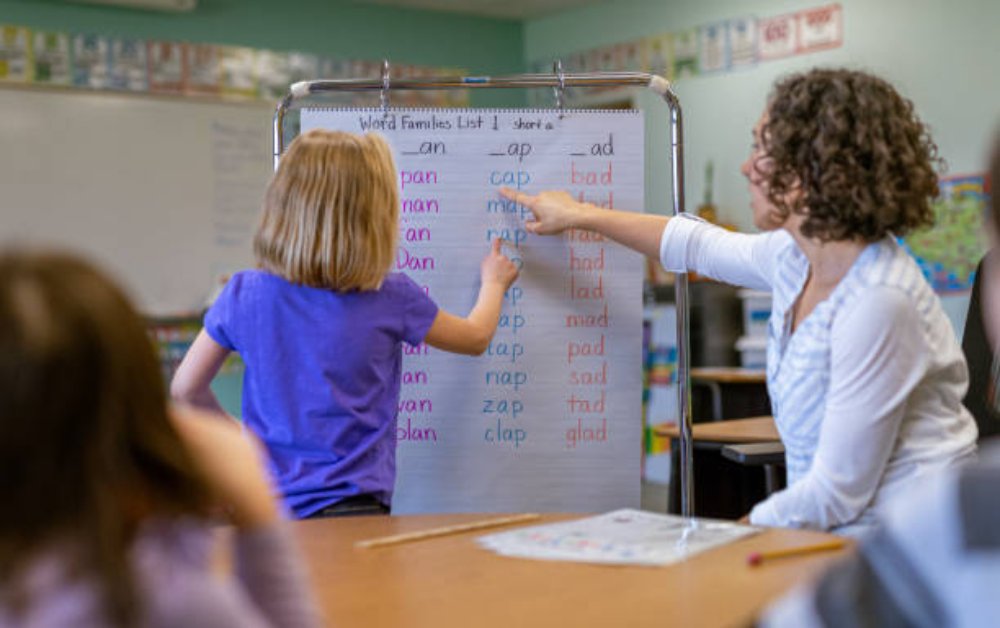
Why Phonics is Crucial for Your Child’s Literacy Development
During the initial years of a child’s learning, literacy is the most vital skill they need to acquire. Reading and writing are the building blocks of academic achievement, communication, and prospects. Of the many methods of teaching literacy, phonics has been one of the most effective. Phonics is the approach to teaching reading and writing by relating sounds to single letters or clusters of letters. It provides children the tools to unlock words, decode language, and become confident, independent readers. This blog investigates why phonics is essential in your child’s literacy journey and how it enables their overall learning and cognitive development.

What is Phonics?
Phonics is an instructional approach emphasizing the connection between sounds and the letters or letter combinations that represent them. It is learning to sound out words by separating them into phonemes, the most minor sound units. For instance, the word cat consists of three phonemes: /k/, /æ/, and /t/. By identifying the sounds of each letter and blending them, children can read more efficiently and decode unfamiliar words.
There are various forms of phonics instruction, such as synthetic, analytic, and embedded phonics. Synthetic phonics is generally the most effective because it instructs children to sound out letters and blend them to create recognizable words.
The Role of Phonics in Early Literacy
Phonics is essential in assisting children to learn to read and write. Here’s how it helps in early literacy:
1.Decoding Skills
Phonics allows kids to read new words independently. Rather than memorizing thousands of words, they are taught the sound-letter rules, which they can use with any word they read. This makes them independent readers.
2.Spelling and Writing
Knowing how sounds and letters work assists children with spelling. They start writing by sounding words out, which enhances their phonemic awareness and writing accuracy over time.
3.Reading Fluency
The more children are aware of phonics patterns, the better they read. They spend less time sounding out each letter and more time knowing what they read.
4.Vocabulary Development
With phonics, children can read and decode more words, which, of course, increases their vocabulary. Learning new words reinforces their language and general understanding.
5.Increases Confidence and Enjoyment
Children who can read independently and fluently tend to be more confident. Phonics gives them a solid foundation that leads to a lifelong enthusiasm for reading and learning.
Phonics and Brain Development
Scientific studies attest to the efficacy of phonics in building reading and literacy abilities. The human brain is designed to learn spoken language automatically, but reading and writing are learned abilities. Phonics training reinforces neural circuits linking visual, auditory, and linguistic systems. Neurological integration is needed for fluent reading.
When children practice phonics, like recognizing beginning sounds, letter-sound matching, and sounding out phonemes, they engage in multiple brain parts. This mental activity teaches them to read and enhances memory, attention, and problem-solving abilities.
Misconceptions About Phonics
Despite its well-documented benefits, there are still misconceptions about phonics:
- Phonics is all about rote learning.
Phonics is not simply memorizing sound. It includes recognizing patterns, blending, segmenting, and applying them to actual reading and writing exercises.
- Some children don’t need phonics.
Though children have diverse learning styles, all can gain from a strong phonics foundation. It gives the students the skills to struggle with unfamiliar work, and it is particularly necessary for students who struggle to read.
- Phonics should be taught only in preschool or kindergarten.
Though early exposure is best, phonics can and should be reinforced later in the early school years. Repetition reinforces skills and helps fill learning gaps.
Phonics At Home: What Parents Can Do
Parents are essential contributors to the learning process of phonics at home. The following are some simple techniques:
1.Read Aloud regularly
Select books with repetitive text or rhymes. Have your child sound out basic words and recognize familiar sounds.
2.Play Sound Games
Rhyming games, “I Spy” using sounds, and matching letter and sounds games can engage phonics as a fun learning experience.
3.Utilize Phonics Apps and Tools
Learning applications and games can reinforce phonics skills using entertaining activities and practices.
4.Model Good Reading Habits
Show your child you are reading daily. Discuss the sound in words and incorporate phonics naturally in everyday conversations.
5.Be Patient and Encouraging
Learning phonics is a process of repetition and taking time. Be sure to praise small successes and give plenty of positive feedback.

Conclusion
Phonics isn’t a teaching method—instead, it’s an integral part of your child’s path to literacy. Children become skilled readers, writers, and comprehends through learning how sounds relate to letters and words, and they use these skills throughout their academic and personal lives. Phonics builds independence, confidence, and a love of reading, laying the foundation for a lifetime of learning. As a parent, teacher, or caregiver, your help developing phonics skills can be the difference-maker. With the proper resources and support, every child can become a proficient and eager reader.
